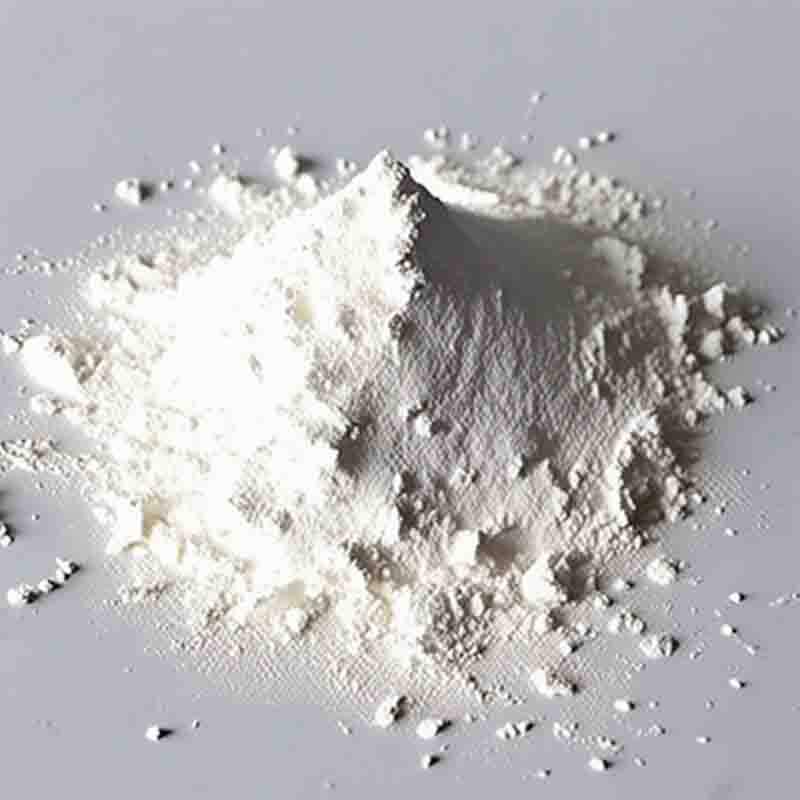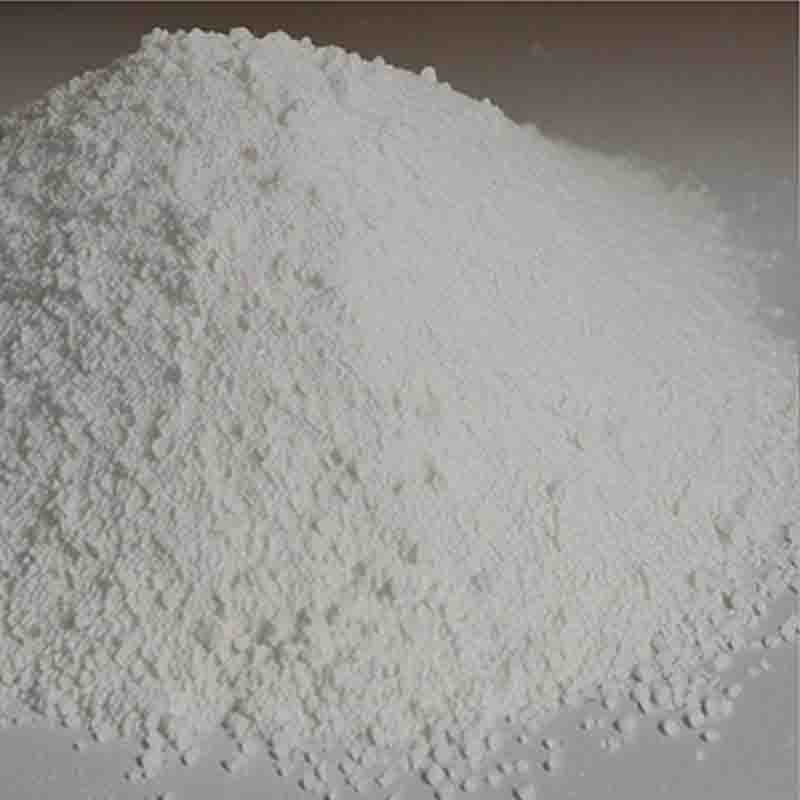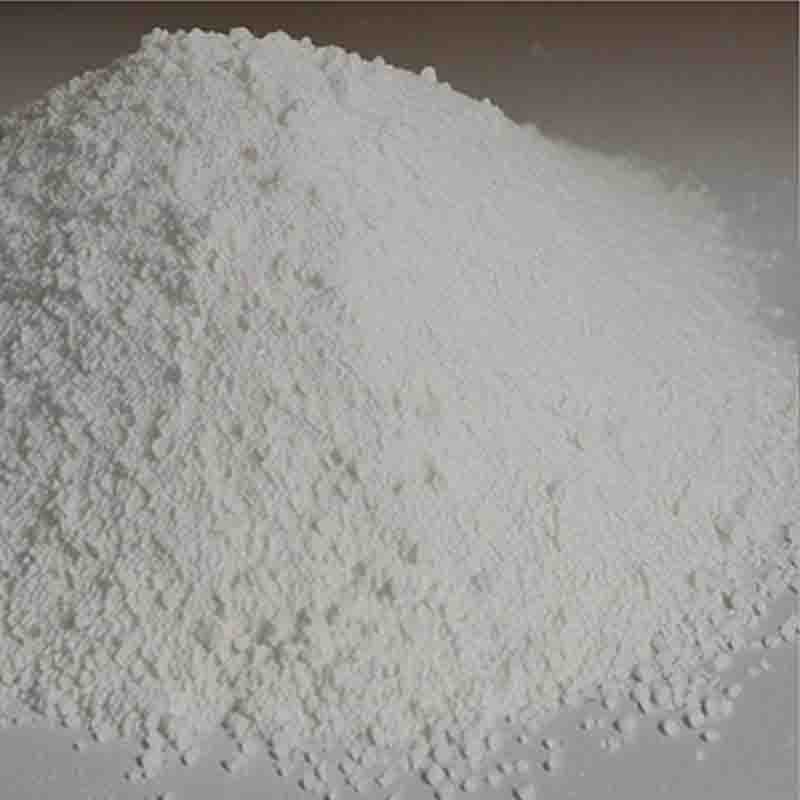Bis(triphenylphosphinepalladium) acetate CAS: 14588-08-0
| Catalog Number | XD94467 |
| Product Name | Bis(triphenylphosphinepalladium) acetate |
| CAS | 14588-08-0 |
| Molecular Formula | C40H36O4P2Pd |
| Molecular Weight | 749.08 |
| Storage Details | Ambient |
Product Specification
| Appearance | White powder |
| Assay | 99% min |
Bis(triphenylphosphinepalladium) acetate, commonly referred to as Pd(PPh3)2(OAc)2, is an organometallic compound that contains a palladium (Pd) atom coordinated with two triphenylphosphine (PPh3) ligands and two acetate (OAc) ligands. This complex has found extensive use in catalysis, particularly in various cross-coupling reactions.One of the most widely recognized applications of Pd(PPh3)2(OAc)2 is in the Suzuki-Miyaura coupling reaction. This reaction involves the cross-coupling of an organoboron compound with an organic halide, resulting in the formation of a new carbon-carbon bond. Pd(PPh3)2(OAc)2 acts as a catalyst, facilitating the transmetallation step between the organoboron compound and the organic halide, leading to the desired coupling product. The Suzuki-Miyaura coupling reaction is highly valuable in organic synthesis, allowing the construction of complex carbon frameworks and the introduction of diverse functional groups.Pd(PPh3)2(OAc)2 is also commonly employed in the Heck reaction, another significant cross-coupling reaction. This reaction involves the coupling of an organohalide and an alkene or alkyne, resulting in the formation of a carbon-carbon bond. Pd(PPh3)2(OAc)2 serves as a catalyst, facilitating the insertion of the alkene or alkyne into the carbon-halogen bond, leading to the formation of the desired coupling product. The Heck reaction is widely utilized for the synthesis of pharmaceuticals, agrochemicals, and fine chemicals due to its efficiency and versatility.Furthermore, Pd(PPh3)2(OAc)2 is employed in other important cross-coupling reactions, such as the Stille reaction, Sonogashira reaction, and Buchwald-Hartwig amination. These reactions involve the formation of carbon-heteroatom bonds (e.g., carbon-tin, carbon-silicon, and carbon-nitrogen) through the catalytic activity of Pd(PPh3)2(OAc)2. These cross-coupling reactions are widely utilized in organic synthesis for the construction of complex molecules, especially in the pharmaceutical and materials science fields.In addition to its role in cross-coupling reactions, Pd(PPh3)2(OAc)2 has been explored in other catalytic transformations, including hydrogenation reactions, carbon-carbon bond activation reactions, and oxidation reactions. Its catalytic activity in these reactions enables the efficient and selective synthesis of various organic compounds, contributing to the advancement of synthetic methodologies.In summary, Pd(PPh3)2(OAc)2 is a versatile catalyst widely utilized in various cross-coupling reactions, including the Suzuki-Miyaura and Heck reactions. It plays a crucial role in the construction of carbon-carbon and carbon-heteroatom bonds, enabling the synthesis of complex organic molecules. Pd(PPh3)2(OAc)2 contributes to the advancement of organic chemistry by providing efficient and selective methodologies for the synthesis of pharmaceuticals, agrochemicals, and fine chemicals.









